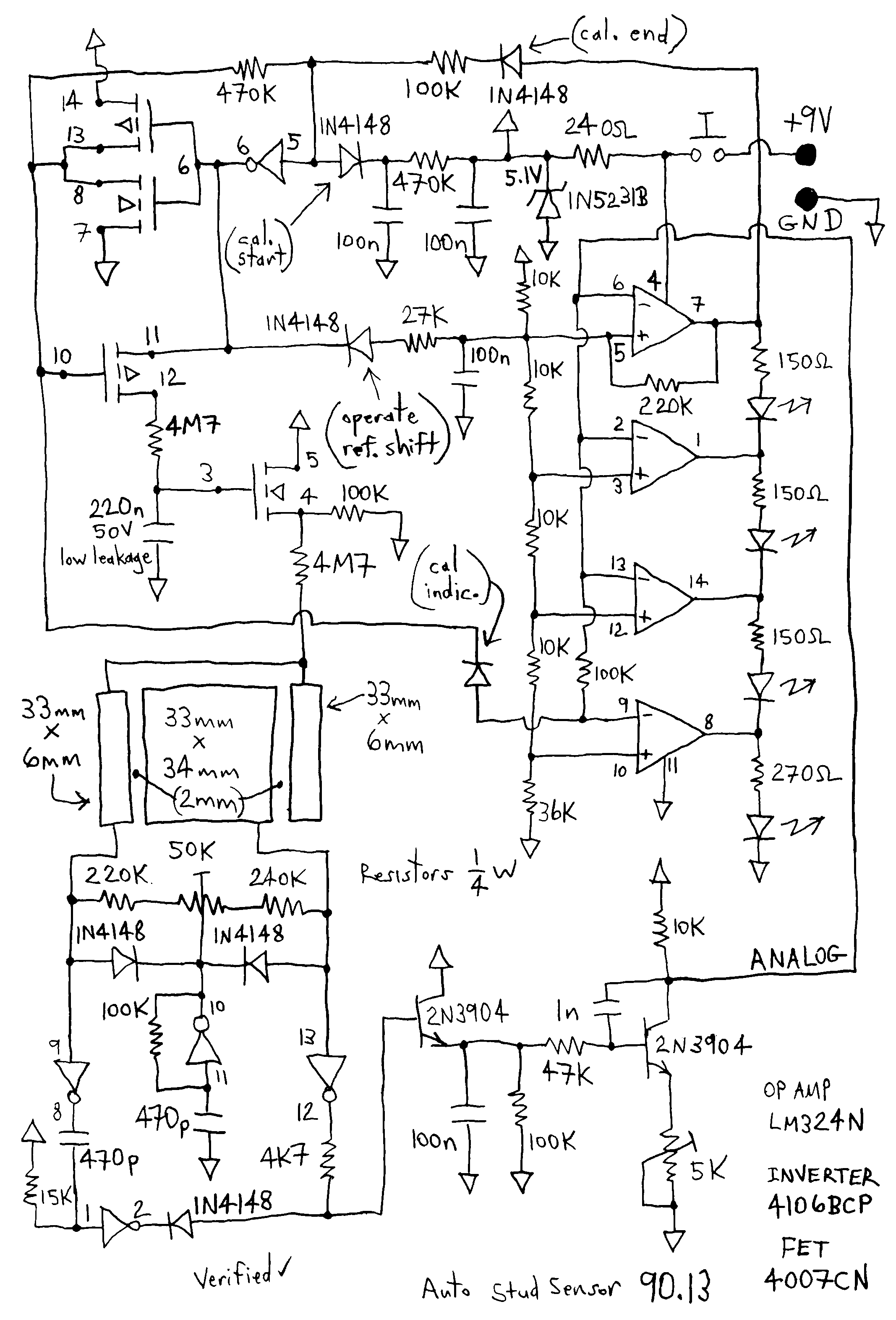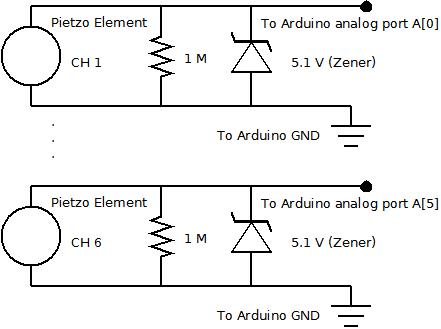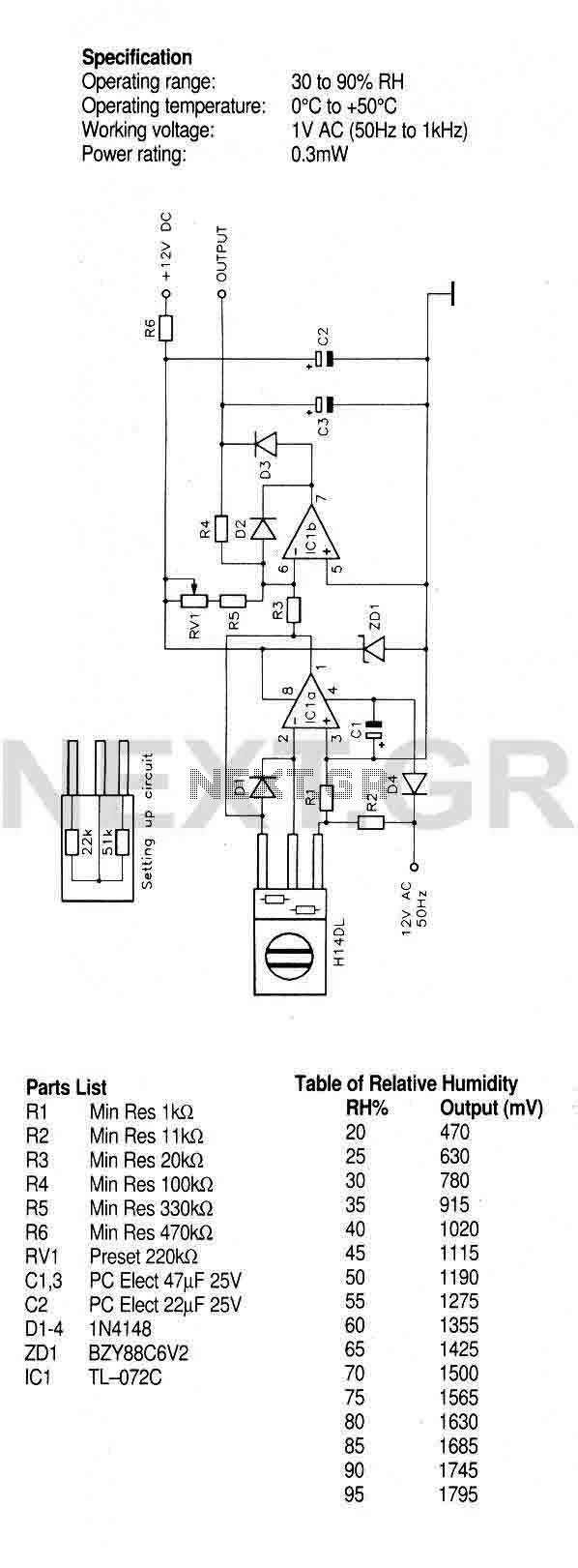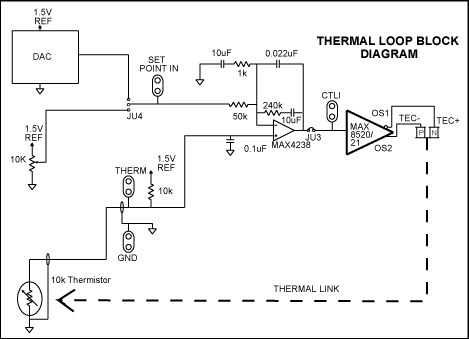
IR-Link Temperature Sensor Allows Isolation of the Temp Sensor

A circuit is described that transmits temperature data over an IR link. This allows isolation of the temperature sensor.
The circuit operates by utilizing an infrared (IR) transmitter and receiver pair to wirelessly transmit temperature readings from a sensor to a receiving unit. The temperature sensor, which could be a thermistor or an RTD (Resistance Temperature Detector), is connected to a microcontroller that processes the temperature data. The microcontroller converts the analog signal from the temperature sensor into a digital format and encodes it for transmission.
The IR transmitter, typically an IR LED, is driven by a modulated signal generated by the microcontroller. This modulation helps to minimize interference and allows for reliable data transmission over the IR link. The encoded temperature data is transmitted in bursts, which can be demodulated and decoded by the IR receiver at the receiving end.
The IR receiver, commonly a photodiode or phototransistor, detects the modulated IR signal and converts it back into an electrical signal. This signal is then fed into another microcontroller or processing unit, which decodes the received data and displays the temperature reading on an output device, such as an LCD screen or a computer interface.
Isolation of the temperature sensor from the receiving unit is achieved through the IR communication, which eliminates the need for direct electrical connections. This design enhances safety and allows for remote monitoring of temperature in environments where electrical connections may pose a risk or where it is impractical to run wires. The circuit can be powered by batteries or a low-voltage power supply, making it suitable for portable applications. Overall, this IR temperature transmission circuit is effective for applications requiring non-contact temperature monitoring and data transmission.A circuit is described that transmits temperature data over an IR link. This allows isolation of the temperature sensor.. 🔗 External reference
The circuit operates by utilizing an infrared (IR) transmitter and receiver pair to wirelessly transmit temperature readings from a sensor to a receiving unit. The temperature sensor, which could be a thermistor or an RTD (Resistance Temperature Detector), is connected to a microcontroller that processes the temperature data. The microcontroller converts the analog signal from the temperature sensor into a digital format and encodes it for transmission.
The IR transmitter, typically an IR LED, is driven by a modulated signal generated by the microcontroller. This modulation helps to minimize interference and allows for reliable data transmission over the IR link. The encoded temperature data is transmitted in bursts, which can be demodulated and decoded by the IR receiver at the receiving end.
The IR receiver, commonly a photodiode or phototransistor, detects the modulated IR signal and converts it back into an electrical signal. This signal is then fed into another microcontroller or processing unit, which decodes the received data and displays the temperature reading on an output device, such as an LCD screen or a computer interface.
Isolation of the temperature sensor from the receiving unit is achieved through the IR communication, which eliminates the need for direct electrical connections. This design enhances safety and allows for remote monitoring of temperature in environments where electrical connections may pose a risk or where it is impractical to run wires. The circuit can be powered by batteries or a low-voltage power supply, making it suitable for portable applications. Overall, this IR temperature transmission circuit is effective for applications requiring non-contact temperature monitoring and data transmission.A circuit is described that transmits temperature data over an IR link. This allows isolation of the temperature sensor.. 🔗 External reference





